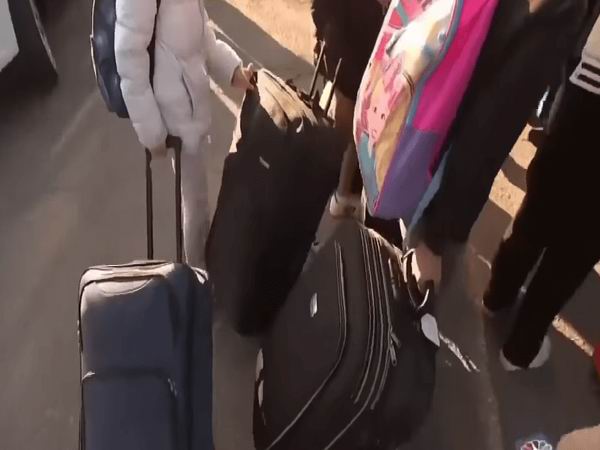Explore the impact of shelter limits on migrant families in NYC as winter intensifies. Delve into personal stories, challenges, and the broader implications of such policies on vulnerable populations.

winter descends upon New York City, thousands of migrant families residing in the emergency shelter system face a bleak New Year. Mayor Eric Adams implemented a 60-day limit for homeless migrants in city housing, citing the strain on resources caused by an influx of asylum-seekers. This policy is now forcing families out, with uncertainties about their future accommodations.
The Clock is Ticking
Families like that of Karina Obando, a 38-year-old mother from Ecuador, have until January 5 to vacate their temporary lodgings. However, the destination after this deadline remains uncertain. While they can reapply for shelter admission, the process may not be immediate, potentially leading families to distant tent shelters, disrupting their lives.
A National Trend
New York is not alone in imposing shelter limits. Cities like Chicago, Massachusetts, and Denver have enacted similar measures, citing various reasons such as rising costs, limited space, and the desire to encourage individuals to seek housing independently.
Challenges of Limited Shelter Stays
The 60-day limit poses challenges for migrants trying to stabilize their lives. With the clock ticking, families may face the prospect of sleeping on trains or streets, adding to the difficulties of securing consistent employment, childcare, and saving for rent.
Legal and Social Consequences
Migrants facing eviction are directed to the “reticketing center,” offering a one-way ticket anywhere in the world. However, many decline, highlighting the complex intersection of legal, social, and personal challenges these families encounter.
Mayor Adams’ Perspective
Mayor Adams emphasizes that New York is allocating significant resources to support migrant families but acknowledges the strain on the city’s capabilities. The administration aims to prevent families from sleeping on the streets, ensuring an orderly process for requesting another 60-day stay.
Advocacy and Concerns
Immigrant advocates express concerns about uprooting vulnerable families during the coldest months, disrupting education, and potentially subjecting children to lengthy commutes. The 60-day limit, especially during winter, is criticized as a harsh move that could adversely impact families.
Personal Stories Reflecting Struggles
Individual accounts, like that of Ana Vasquez, an expectant mother, and Karina Obando, reflect the real challenges these families face. The pressure to find stable employment, settle children into schools, and save for rent within a limited timeframe adds to their struggles.
Conclusion: Navigating Winter Challenges
In conclusion, the winter challenges for migrant families in New York City highlight the complexities of balancing humanitarian concerns with resource limitations. As the clock ticks for these families, the broader conversation delves into the broader societal and policy issues surrounding homelessness, immigration, and the role of local government in providing support.
